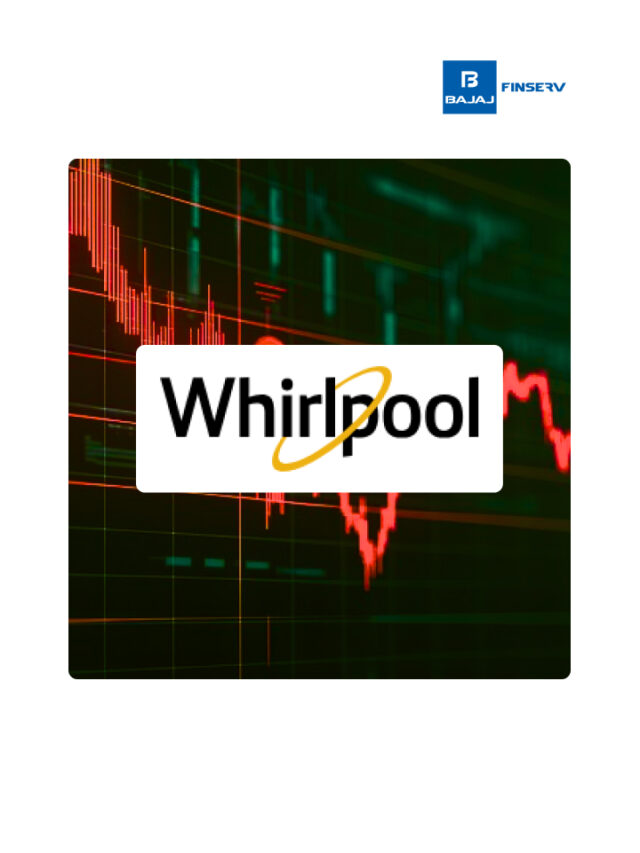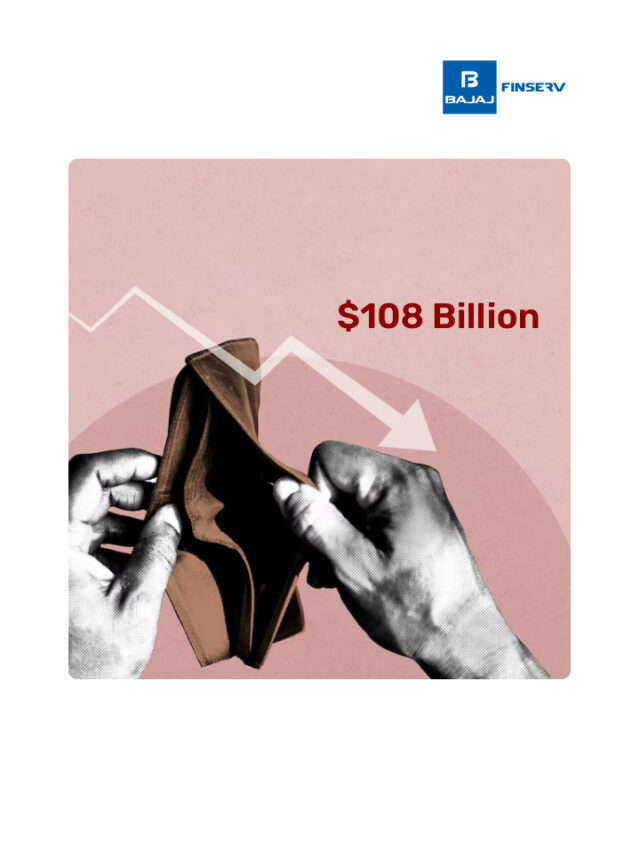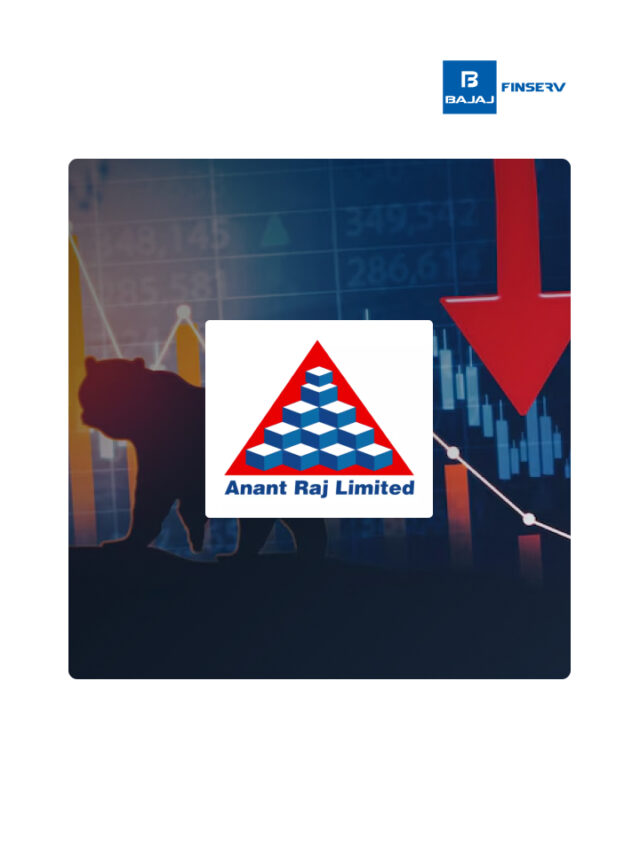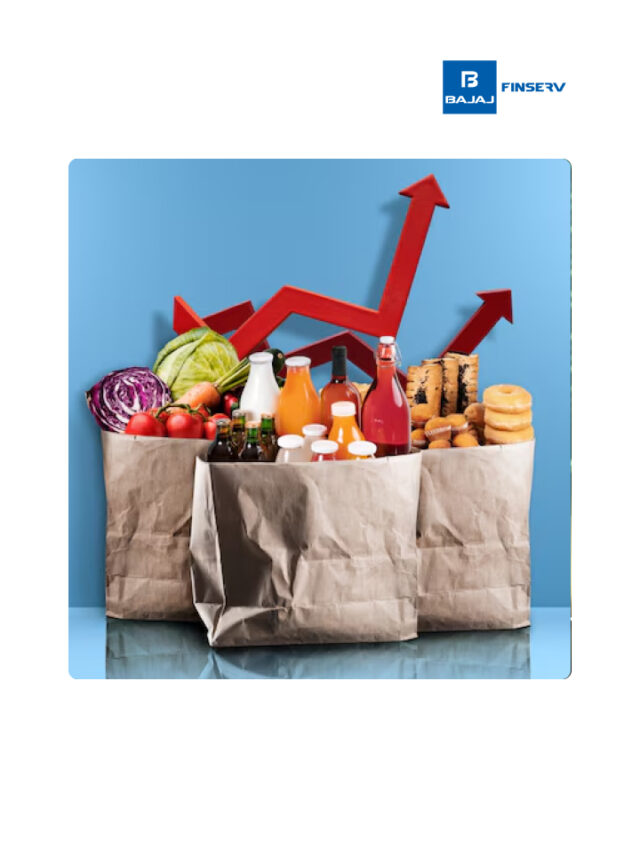What is the Closing Price?
Last Updated on September 27, 2023 by BFSLTeam BFSLTeam

Keeping track of the price movements of stocks and other securities is a major part of being a trader in the Indian stock market. Understanding what the closing price is is key to making sense of the price movement and trend of an asset and can help you make better trading decisions. Here’s a comprehensive overview of the concept of closing stock prices and how it is calculated.
Table of Content [hide]
What is the Closing Price in the Stock Market?
The closing price refers to the final price of a security at the close of a trading session. It is one of the many important metrics that both traders and investors consider when formulating their trading plans and strategies.
Contrary to popular opinion, the closing price of an asset and its last traded price at the end of a trading day are not the same. The last traded price or LTP of an asset refers to the price at which the previous trade was executed. The closing price of a security, meanwhile, is calculated by taking a weighted average of all the prices at which a security trades during the last 30 minutes of a trading day.
That said, there may be an instance where the closing stock prices and the LTP may theoretically be the same. Such a situation may occur if a security is not traded during the last 30 minutes of a trading session. In this case, the last traded price is taken to be the closing price of the security. However, the chances of encountering such a phenomenon are generally very rare.
Also Read: What is Sweat Equity?
How is the Closing Price Calculated in the Indian Stock Market?
As you’ve already seen, the closing price of a security is determined by taking a weighted average of all the prices at which it traded during the last 30 minutes of a trading day. Here’s a hypothetical example to help you understand how the calculation would work.
Say there’s a company XYZ Limited for which you would like to calculate the closing price. All of the prices and the volume of shares that were traded during the last half-an-hour (3:00 PM to 3:30 PM) of a trading day have been recorded and tabulated below.
| Time | Trading Price | Trading Volume | Trading Price * Trading Volume |
| 3:01 PM | ₹86 | 150 | 12,900 |
| 3:05 PM | ₹88 | 652 | 57,376 |
| 3:08 PM | ₹85 | 226 | 19210 |
| 3:15 PM | ₹89 | 345 | 30705 |
| 3:18 PM | ₹86 | 473 | 40678 |
| 3:22 PM | ₹87 | 757 | 65859 |
| 3:28 PM | ₹90 | 895 | 80550 |
| Total | 3,498 | 3,07,278 |
To arrive at the weighted average price, the trading price is multiplied by the trading volume for every single trade that occurs during the last 30 minutes of the trading day. The resulting figure is then divided by the cumulative trading volume during the same period. So in this case, the closing price would be – ₹87.84 (₹3,07,278 ÷ ₹3,498). As you can see, the closing price is different from the last traded price (LTP) of the security, which is ₹90.
Difference Between the Closing Price and the Adjusted Closing Price
Now that you know how to calculate the closing stock prices, let’s look at a very similar but different concept – the adjusted closing price.
The adjusted closing price comes into play only in certain specific conditions such as during stock splits and stock consolidations.
A stock split is a corporate action that a company takes to boost liquidity. Here, the value of the company’s shares is split in a specific ratio such as 1:2 or 1:3. Such a move increases the number of shares and decreases its value.
A stock consolidation, on the other hand, is a corporate action that a company takes to reduce liquidity. Here, the value of the company’s shares is consolidated in a specific ratio such as 2:1 or 3:1, which reduces the number of outstanding shares and increases its value.
When such corporate actions are undertaken, the closing price on the day the action comes into effect is adjusted accordingly. For instance, say that a company announces a 1:2 stock split and its closing price on the day of the corporate action is ₹90. In this case, the closing price would be adjusted by dividing it by 2. This means that the adjusted closing price for the stock would be ₹45 (₹90 ÷ 2).
Also Read: What is a Trading Desk?
Conclusion
Although the closing stock prices are an important metric you need to consider, you should also keep in mind that major market-moving events are usually scheduled after the close of a trading day. These events can lead to significant market volatility and price movements on the next trading day, rendering the previous day’s closing price meaningless.










